Some of the old buildings at Louisiana’s Frogmore Plantation are from the days of slavery, and recently found slave narratives add a voice of realism for tourists.
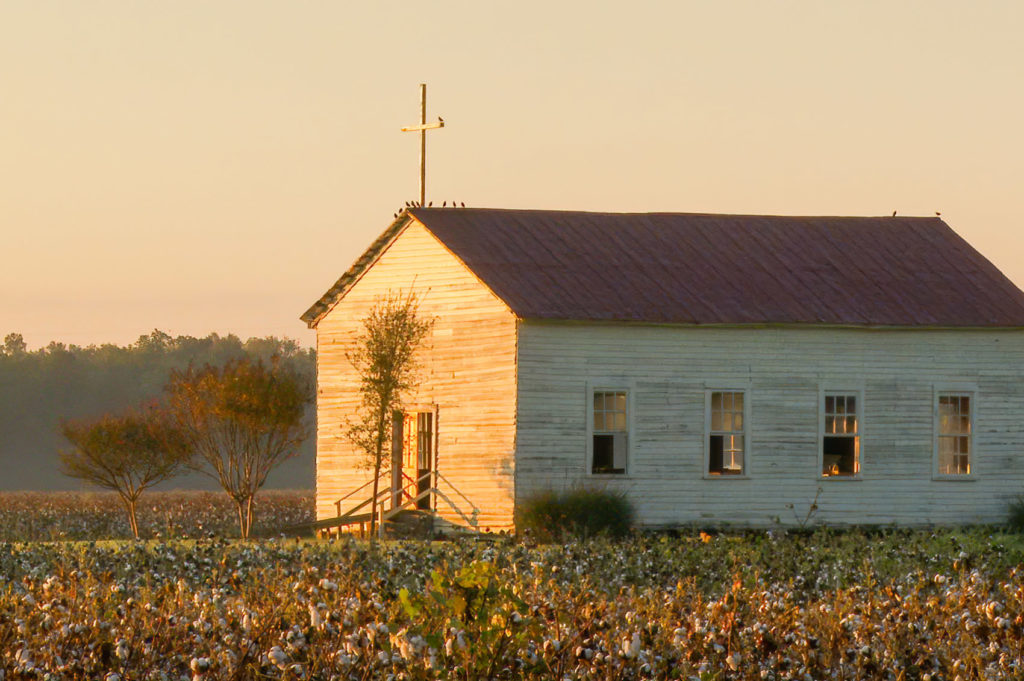
Cotton still grows in the fields of Frogmore, just as it has for nearly two centuries. But the plantation also welcomes tourists who see a collection of historic buildings. A tour guide leads visitors through a steam-powered cotton gin that’s on the National Historic Register. And guests step inside the stark cabins that were once the homes of enslaved people. History takes on a feeling of realism as the guide reads the first hand accounts of some of the people forced to live and work on the plantation.
slave narratives keep in real
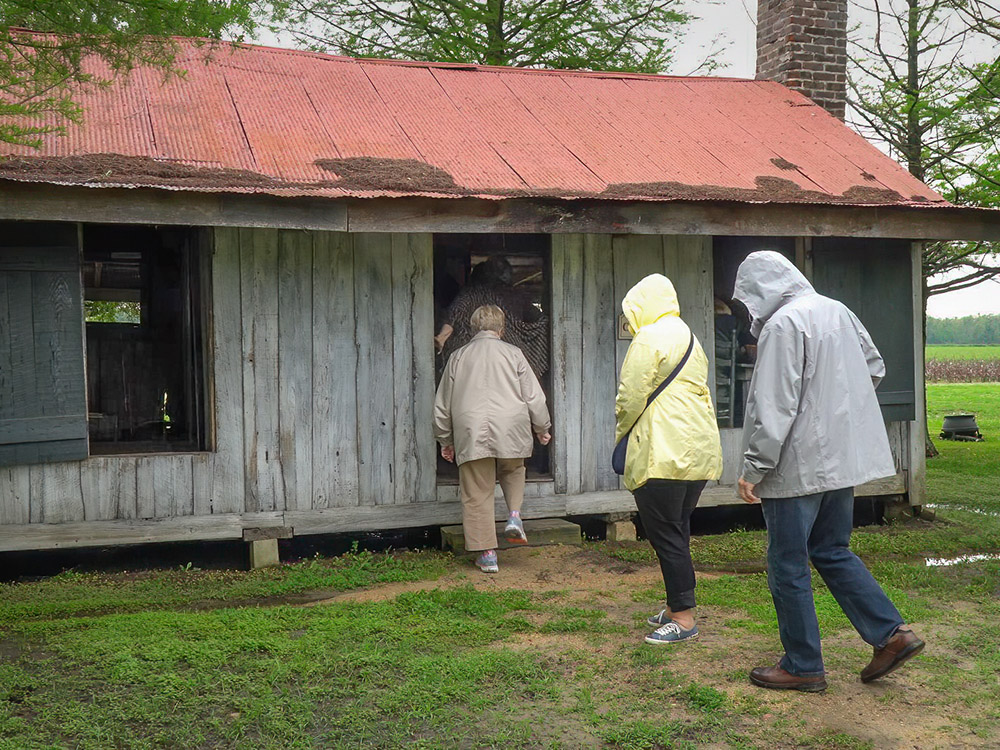
Frogmore owner Lynette Tanner wanted to know more about the history of plantation life in Louisiana. She found the stories of former slaves in the Library of Congress. More than two-thousand former slaves told their personal stories in the 1930’s to interviewers with the Federal Writers’ Project. The interviews came from all of the southern states except for Louisiana. Apparently, writer Lyle Saxon, who helped supervise the project, kept the Louisiana slave narratives at Melrose Plantation. Those original documents eventually found their way to the library at Northwestern State University in Natchitoches, Louisiana.
lost and found
Tanner has now compiled the narratives from the former Louisiana slaves into a book she titled, “Chained to the Land: Voices from Cotton & Cane Plantations“. “It was not part of our education growing up,” Tanner explained. ” I think so much of the history for adults today was glossed over if it was unkind or not socially accepted history.” Tanner adds, “I’ve gone to great lengths to find the real facts”.

During the plantation tour, visitors hear Tanner explain the achievements of the enslaved Africans as land developers, skilled artisans, jewelry makers and their contributions to Southern music. She hopes that sharing these voices from the past will bring to life the experiences of the enslaved people. And during her presentation, Tanner points out that slavery has not ended, “There are children today that are being captured on the black market, drugged and sold”. She is supportive of efforts by groups like Louisiana United Methodist Children and Family Services that offer shelter and treatment for children.
TV FEATURE ON SLAVE NARRATIVES AT FROGMORE
getting to frogmore plantation
Frogmore Plantation is located 7 miles west of Ferriday Louisiana on U.S. Hwy 84. Address: 11656 US Hwy 84, Frogmore, LA. (318) 757-2453
11656 US-84, Ferriday, LA 71334

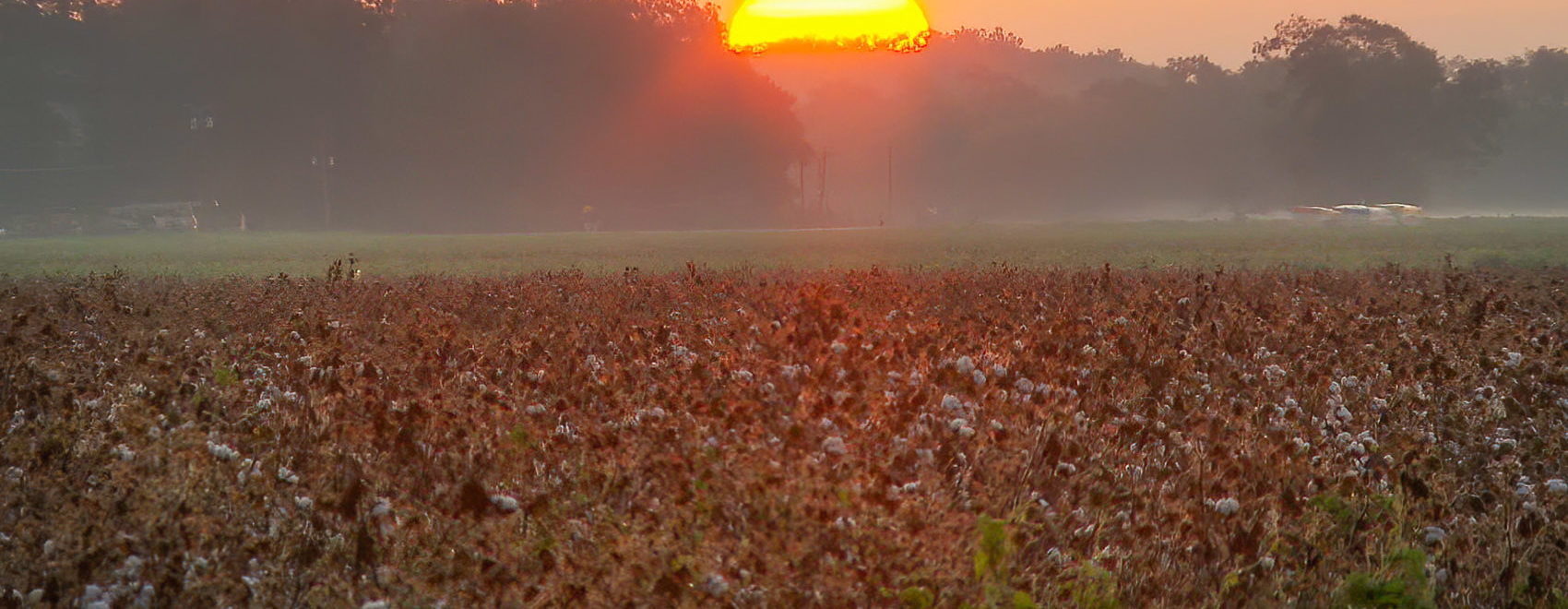
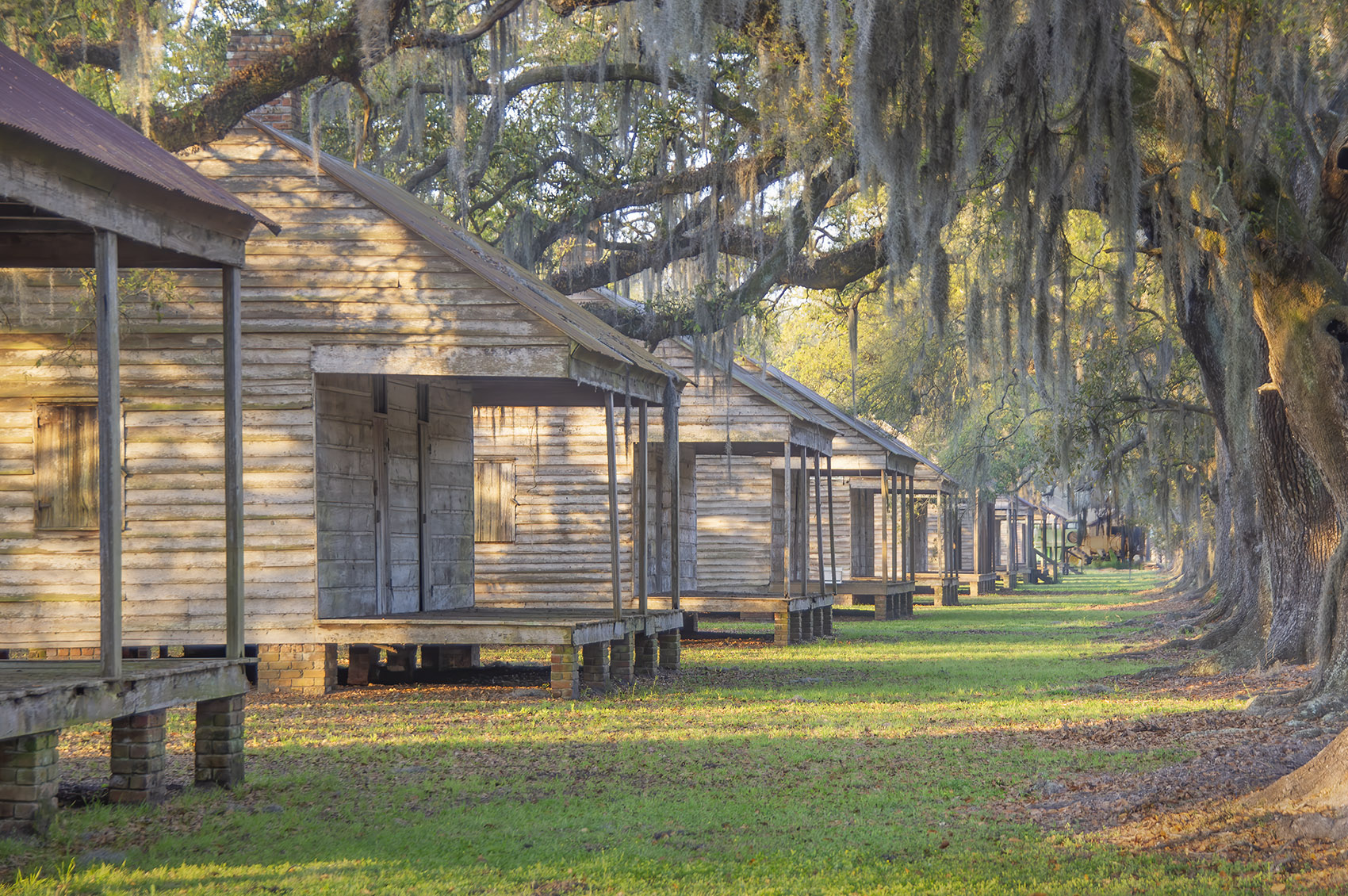
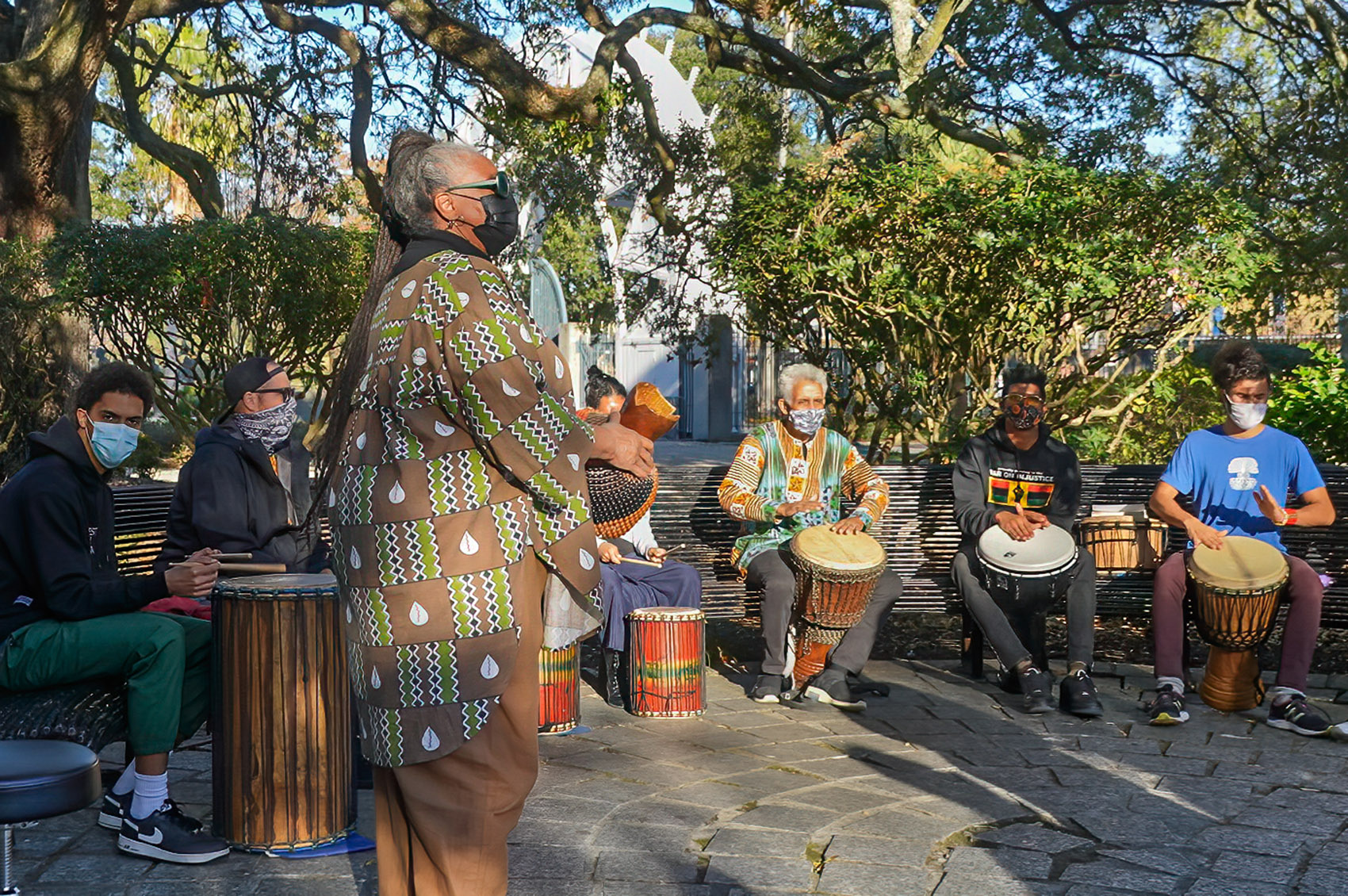
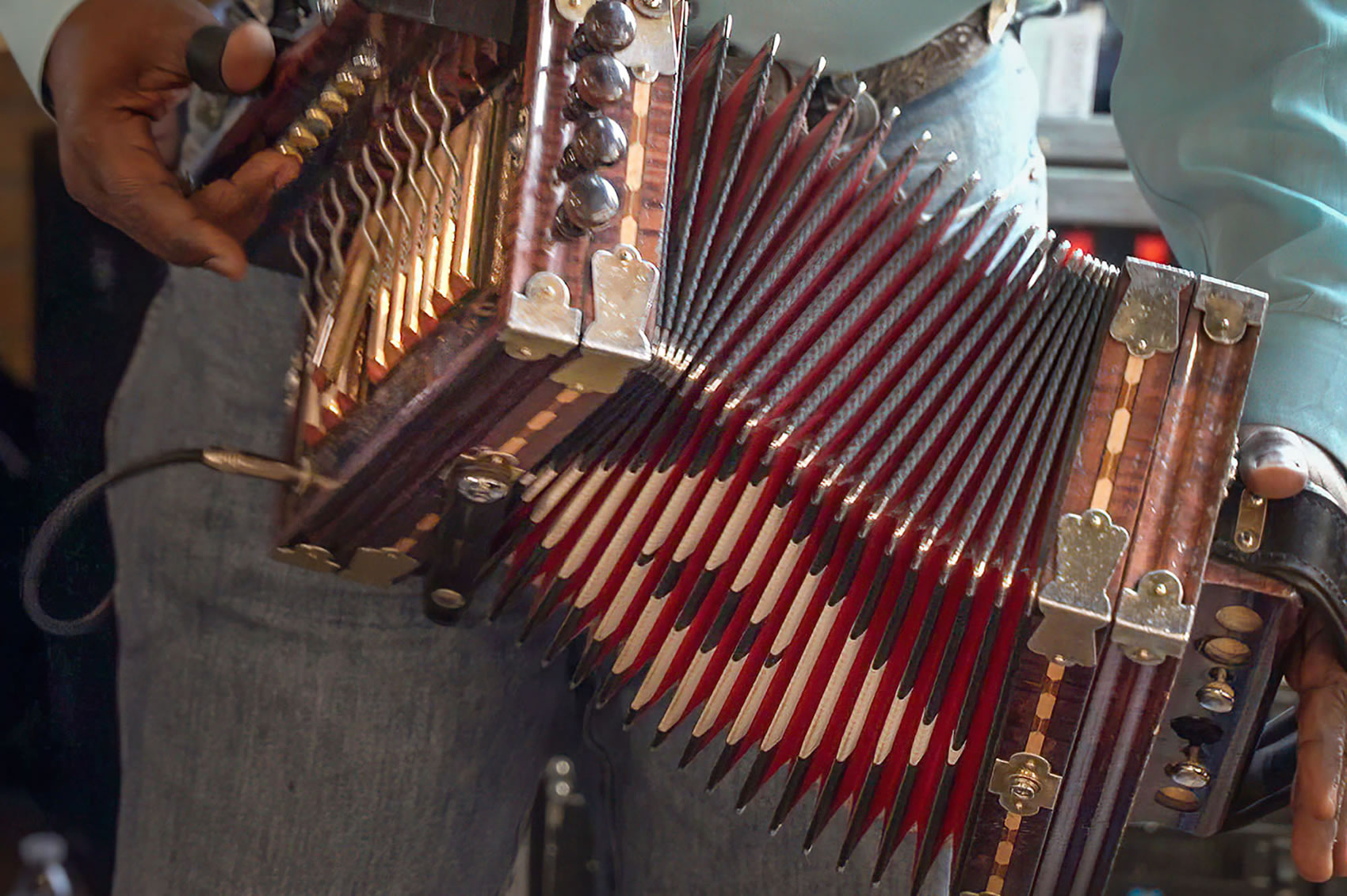
photina harris
Awesome history…I will have to visit….my 9yr old loves learning about our past
LP Jenkins
What are the hours of operation, tour cost, etc.?
Dave McNamara
There are different types of tours. Check out Frogmore’s website for tour times, prices and phone.
https://www.frogmoreplantation.com/
Philis Dendy
I am very excited to visit Frogmore on day.
My hopes are that more Louisiana plantation owner will do the same. Thank you for all your efforts. I can’t wait to read the book.
Wanda Wesley
I would to visit this place some day learn more about Slavery
E Williams
So relieved to hear someone is telling the real history of plantations, definitely not taught during my time in high school and not taught present day. Would love to visit and purchase the book. Thanks so much for transparency
Iris Davis
Thank God they can’t continue to conceal the horrible past of our ancestors!!!
A.E
Tell the story! Pass it on!
Peter E Zettler
I’m from there.In the 1940’s it was still a Jim Crow existence. All the farm workers I knew were slave descents and some of the most interesting resilient people I’ ve ever known. Electric power didn’t come until 1945 and few had it. Sanitation was primitive and was like it had been for 200 yrs. Few owned land and education was unknown almost. You walked or rode a horse or mule to go from place to place. You ate what you grew,or could hunt. You were flooded out almost every yr 27/45/51 were the worst. We ran cattle in 40k areas of woods between Brushey Bayou and the Tensaw River.I learned more from the people that lived on our place ,than 12 yrs 4 yrs of college. Still use those skills to this day!